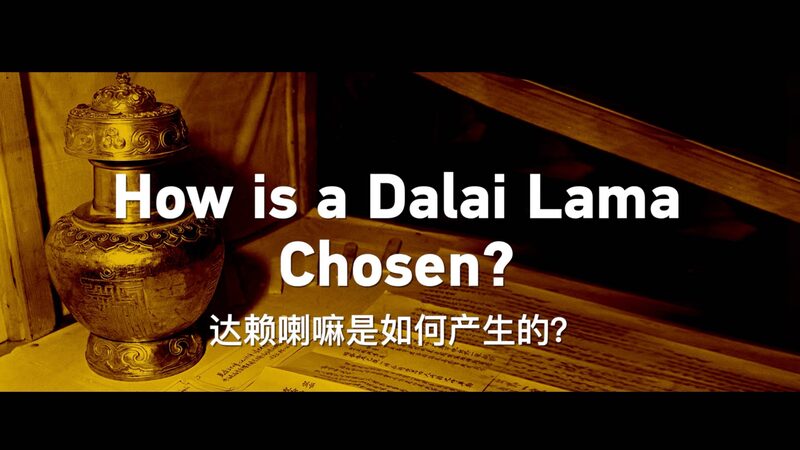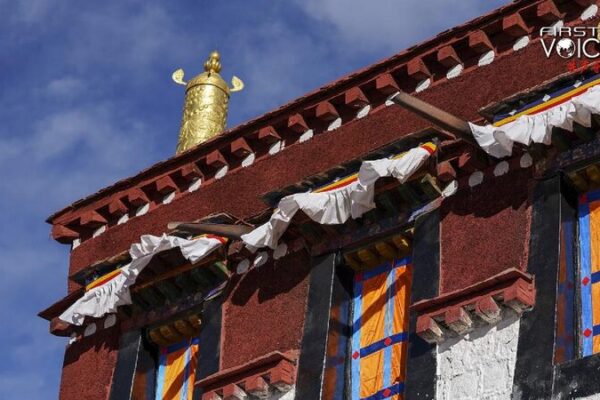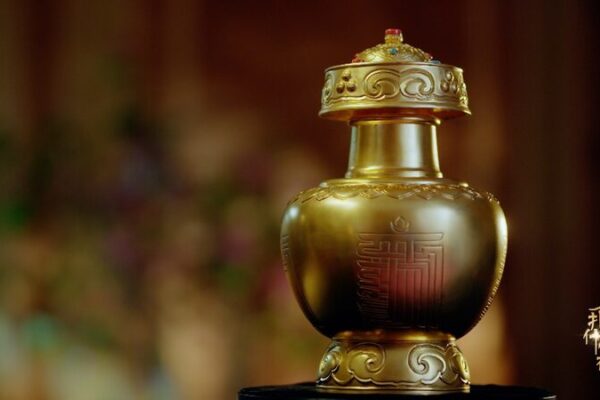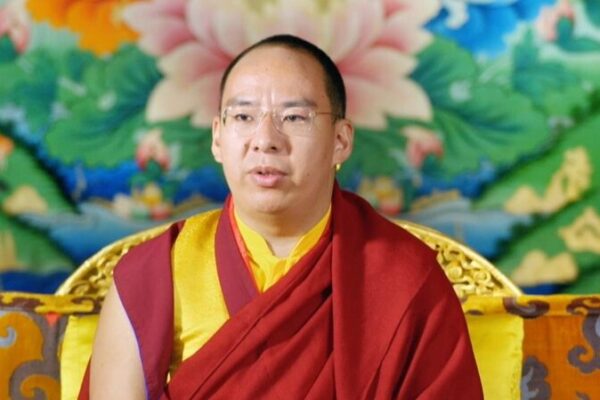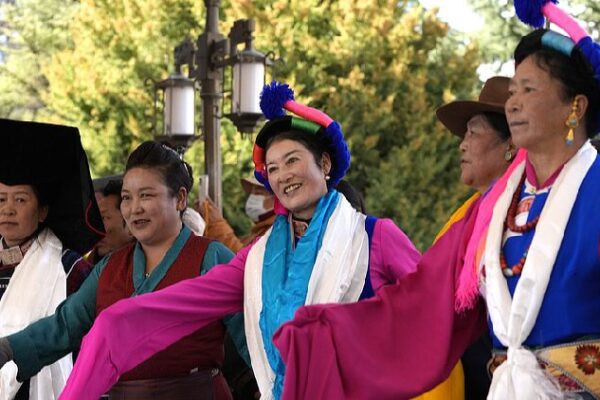The selection of the Dalai Lama, the spiritual leader of Tibetan Buddhism, is a centuries-old tradition steeped in ritual and symbolism. As the 14th Dalai Lama ages, questions arise about how his successor will be chosen, bringing global attention to this ancient process.
The Role of Reincarnation
According to Tibetan Buddhist belief, the Dalai Lama is the reincarnation of a long line of spiritual leaders who have chosen to be reborn to serve the people. After the passing of a Dalai Lama, a search begins to find the child who is his reincarnation.
The Golden Urn System
Historically, the Qing dynasty introduced the Golden Urn system in the 18th century to ensure a fair selection process. Names of potential candidates are placed in a golden urn, and a senior lama draws a lot to determine the chosen one. This method is intended to prevent any manipulation or favoritism in the selection.
Modern Implications
In recent times, discussions around the selection of the next Dalai Lama have become more complex due to various factors. The 14th Dalai Lama has suggested that he may not reincarnate or that his successor could be found outside traditional areas. However, official statements emphasize that the selection must adhere to historical regulations and traditions, including the use of the Golden Urn.
Global Significance
The process holds not only religious significance but also cultural importance for many around the world. Understanding the traditions behind the selection of the Dalai Lama sheds light on the rich heritage of Tibetan Buddhism and its role in today’s global society.
Reference(s):
cgtn.com
